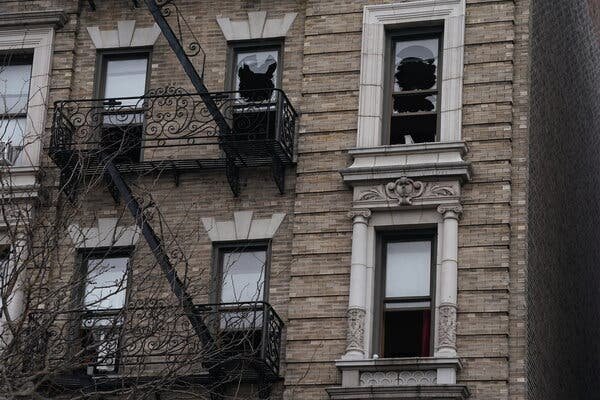Reducing the $15 toll may impact funding for New York’s public transit agency, potentially causing project delays or increased costs.
Congestion pricing is a hot topic in New York City, with significant implications for the city’s aging mass transit system. The Metropolitan Transportation Authority (MTA) is banking on this tolling program to generate $15 billion for essential repairs and upgrades, including modernizing subways, adding elevators to stations, and expanding the Second Avenue subway line into Harlem.
Governor Kathy Hochul recently unveiled a revised congestion pricing plan that would reduce tolls by 40%, with most drivers paying $9 to enter Manhattan’s busiest areas during peak hours, down from the original $15 charge. While Hochul and transit officials believe this revised plan will still raise sufficient funds for transit improvements, some stakeholders are skeptical.
Andrew Rein, president of the Citizens Budget Commission, a group supporting the revised program, believes the $15 billion funding gap can be filled. However, without detailed information, concerns remain about potential delays in critical projects and additional costs.
Governor Hochul’s decision to revive congestion pricing comes after its abrupt cancellation in June. By lowering tolls, she aims to strike a balance between the MTA’s needs and critics who deemed the original tolls excessive. The MTA board is set to vote on the new plan, slated to launch in January.
In conclusion, congestion pricing in New York City is a critical funding mechanism for essential transit upgrades. The revised plan aims to address concerns about high tolls while still raising the necessary funds for improving the city’s mass transit system.
Source: The NY Times









